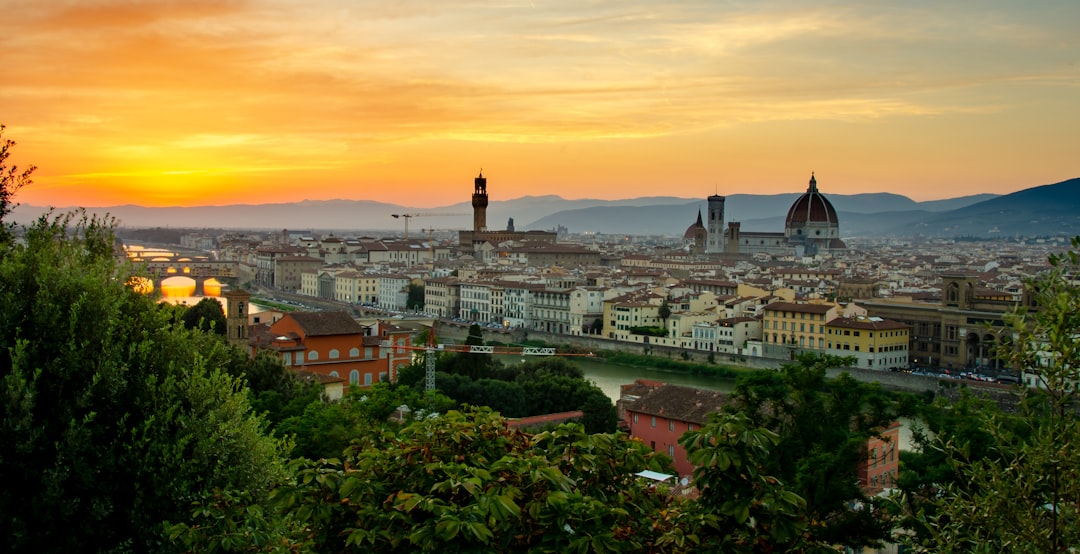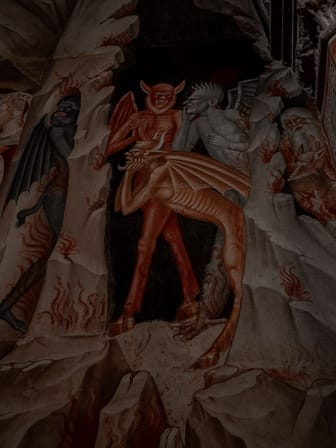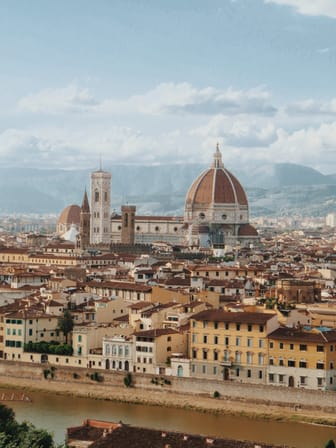Museo di San Marco
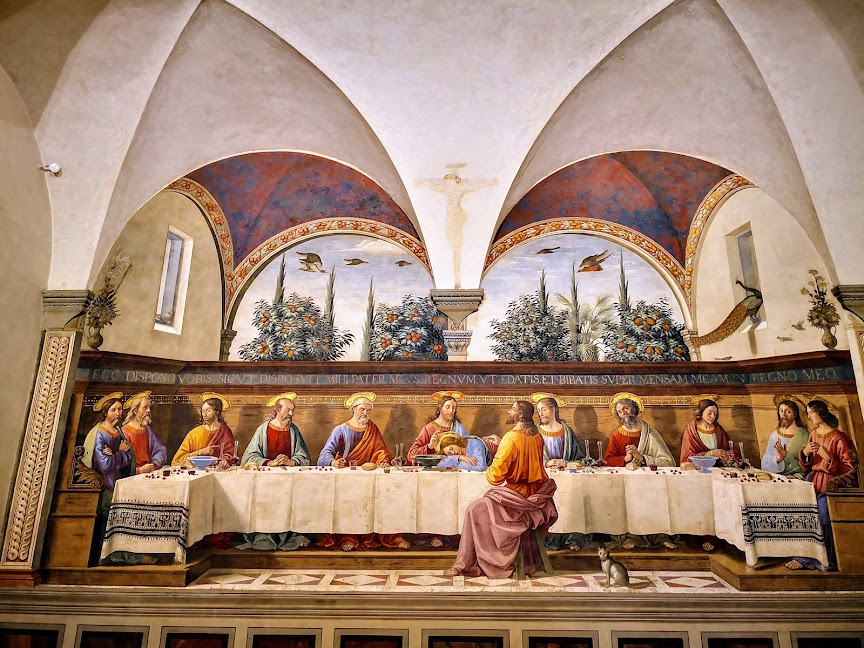
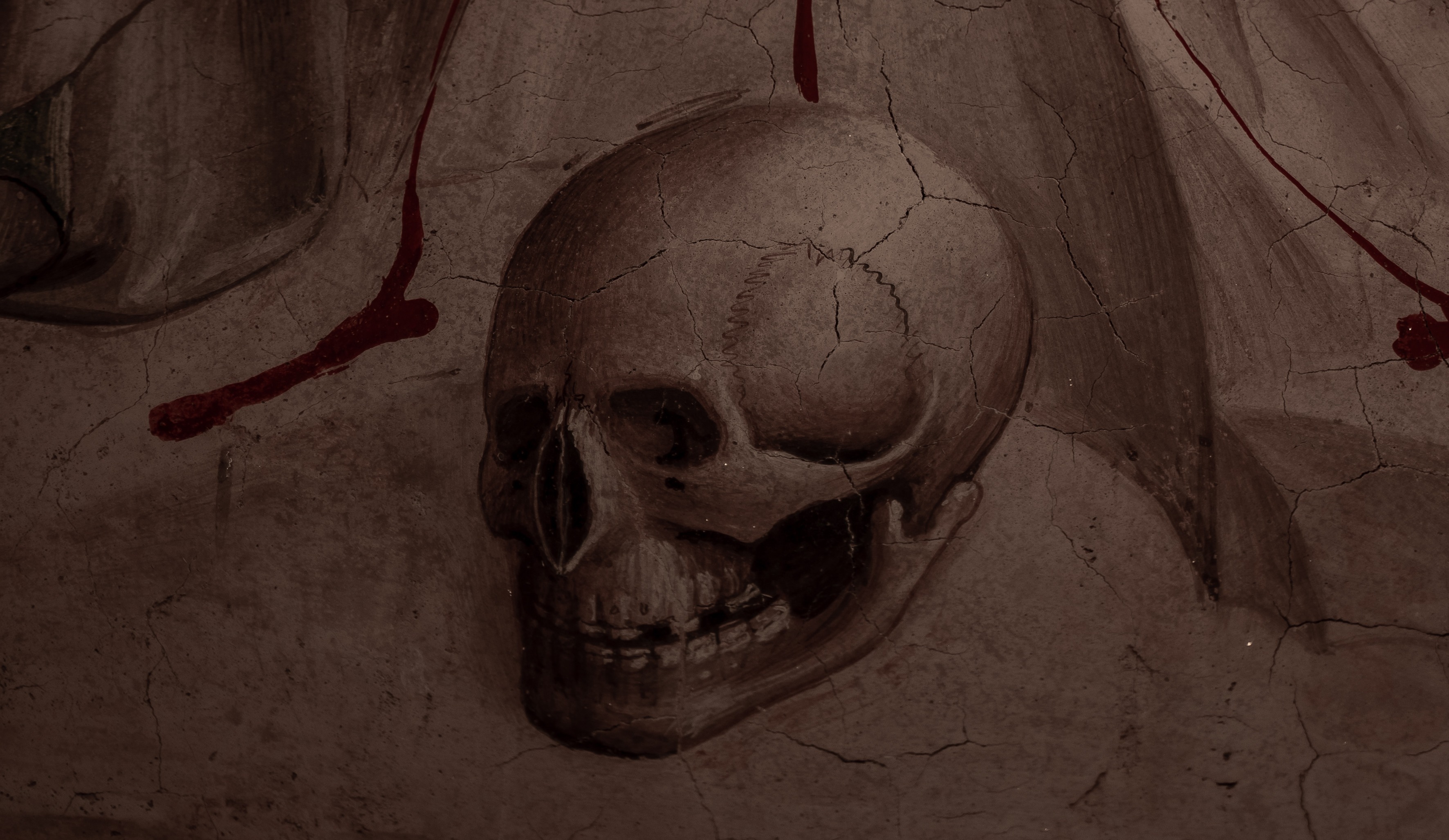
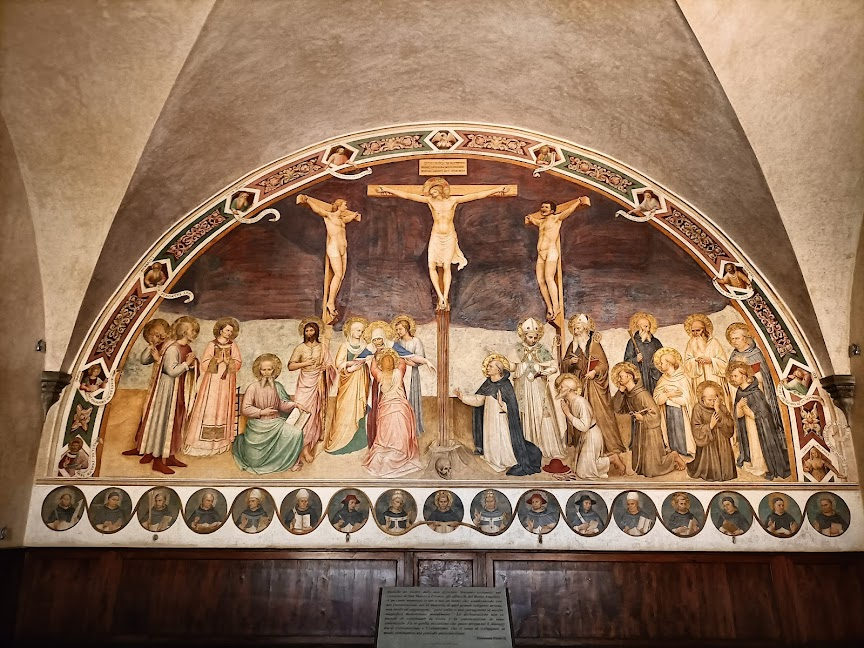
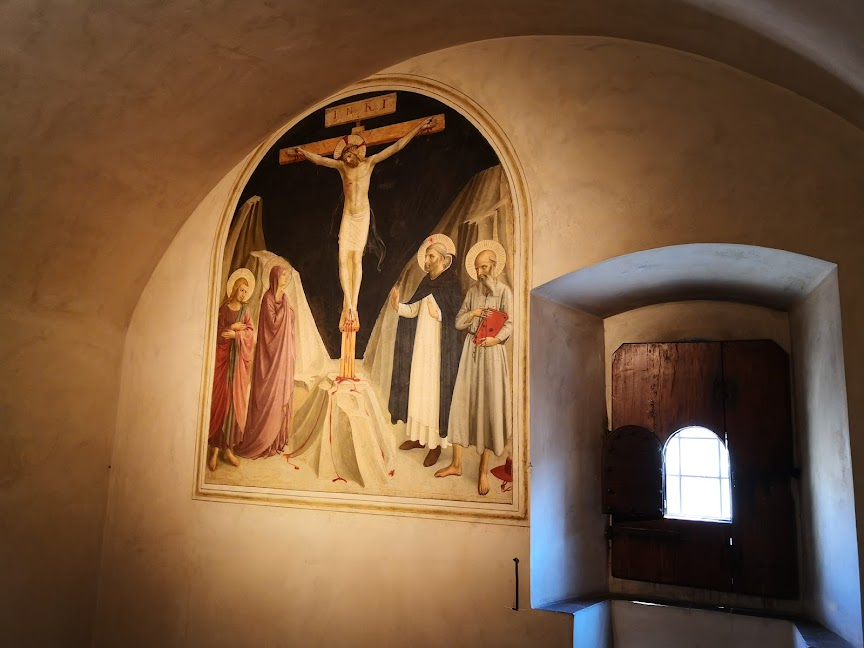
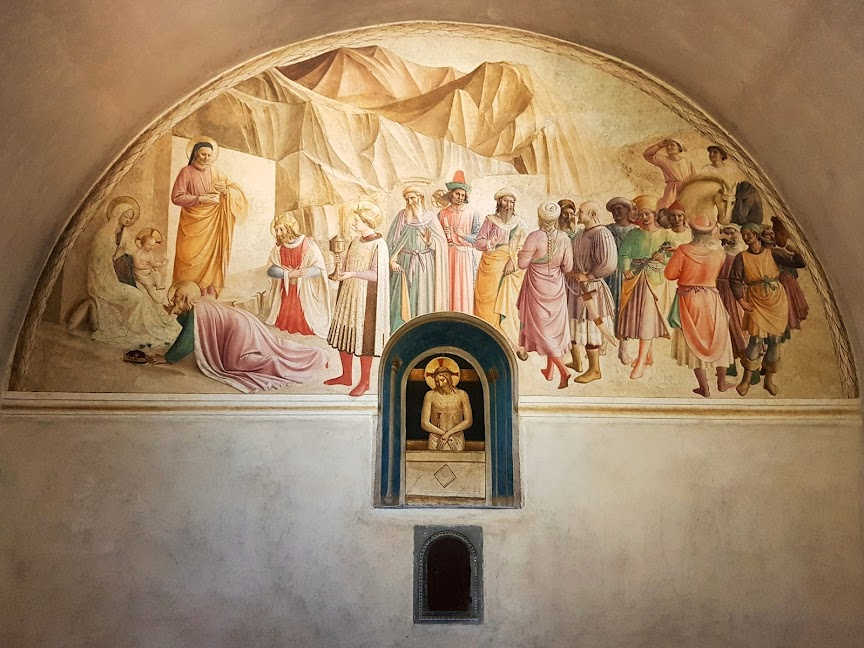
Ask ThatchGPT
Suggest a local expert to plan my trip
Suggest an unique itinerary for my Italy trip
What foods do Italy locals eat
What are some true hidden gems in Italy
Help me brainstorm trip ideas for Italy
Help me plan a family-friendly trip to Italy
What people say
Victoria White
"The Museum of San Marco showcases the wonderfully preserved 15th century Dominican convent, which was founded in 1436 and designed by the architect Michelozzo by appointment of Cosimo the Elder de’ Medici. Positioned next to the San Marco church, the former complex was a very important site for religious activities with great figures such as Archbishop St Antoninus, Fra' Angelico and Girolamo Savonarola, all living and working here.
Upon entering one will experience the enchanting cloister as it expresses the simplicity of monastic life with its peace and tranquillity. From the cloister you can access the different parts of the museum including the chapter house, refectory, last supper hall, library and the brothers’ rooms.
The Dominican monk Fra' Angelico (who later became the friar of the convent) painted many of the eye-catching frescoes which can still be seen today. On the upper floor you will uncover the friars’ small austere dormitories, for the purpose of prayer and meditation, with each decorated by a fantastic fresco. I’d recommend a quick look into all the rooms as each offers a surprising piece of art. Numerous works depict Christ’s crucifixion and if you look closely many have a painted skull at the bottom depicting various cultural associations.
At the top of the stairs, you will be greeted by Fra Angelico’s iconic version of the Annunciation, which was one of the first Renaissance works to provide spatial awareness and perspective to the iconic religious scene depicting the archangel Gabriel visiting the Virgin Mary.
Continue through into the library to view the rich collection of precious manuscripts which were once owned by the Medici family. Lorenzo the Magnificent helped to grow the library’s collection and many manuscripts in theology and philosophy can be admired as well as illustrated choir books, all of which are displayed within illuminated cabinets. As you enter the room, look out for one of the books on the left which features a skeleton etched onto one of its pages.
Take your time to immerse yourself in the other rooms of the museum which are literally frozen in time and where you will find more divine artworks and a superb scene of the Last Supper by Domenico Ghirlandiaio.
Adjacent to the museum is the Basilica of San Marco, which I would highly recommend visiting too. Here you can see the Salviati Chapel dedicated to St Antoninus where the mummified relic of his body lays in a glass coffin beneath the altar. Interestingly St. Antoninus had to be forced by the Pope (against his wishes) to become Archbishop of Florence and even when he accepted this position, he still lived like a monk harbouring very few personal possessions."
Read more in:
Pedro Pereira
Available for hire
"The Convent of San Marco was built between 1437 and 1452 by Michelozzo, an architect highly esteemed by the Medici. At the end of its construction, this convent was one of the most modern and beautiful in Italy.
Michelozzo's project took shape with the construction of a large building in Renaissance style, sober, graceful and elegant, characterized by large regular and clear surfaces. Michelozzo's masterpiece was the spacious library room that became, during the time of Lorenzo the Magnificent, a privileged refuge for the humanists and intellectuals of that time where they could freely consult texts in Latin and Greek, thus becoming the first "public library" in the Western world.
The Convent of San Marco was expropriated in 1808 during the Napoleonic era and returned to the hands of the Dominican friars after the fall of the French emperor. During its restoration in 1866, this monastery was confiscated by the Italian State which provided for the suppression of religious orders.
In 1869 it was declared a monument of national importance, opening its doors to the public.
The San Marco Museum is located in an ancient monastery built in the 13th century and houses frescoes by Ghirlandaio, Fra’ Bartolomeo and numerous paintings by their successors. The dormitory cells are richly decorated with frescoes by Beato Angelico, not to mention those that belonged to Cosimo the Elder, the greatest exponent of the Medici family, who paid for the reconstruction of the church and monastery, partly collapsed in the 15th century.
The main attraction of the museum is the fresco of the Annunciation at the top of the stairs leading to the dormitories, a symbol of purity, obedience and faith. Of great impact is the entrance to the library, also commissioned by Michelozzo and considered one of the best examples of Renaissance interiors, with its arches supported by narrow columns with Ionic capitals."
Read more in:
Martina Bartolozzi
Available for hire
"This experience is full-immersion Renaissance: like stepping into a time capsule and visiting a beautifully preserved convent-cum-museum, that feels like it's a secret, though it's always been beloved for its standout frescoes by connoisseurs.
"Museo di San Marco is set in a beautiful convent designed in the 15th century by architect Michelozzo, a favorite of Cosimo de' Medici.
The complex has everything you could want: a palazzo, a courtyard, a garden, and cloisters. But the main draw is the series of frescoes and panels painted by Fra Angelico (c.1400-1450), the convent's best-known resident artist.
It's an all-ages bunch—you'll find yourself standing next to art lovers, residents, and school groups.
You can spend hours on end here but, if you're tight on time, you can also pair your visit down to an hourlong swing through Fra Angelico's greatest hits: walk through the first-floor Friars' dormitories for the Annunciation and the cells frescoed by Fra Angelico, then look for the Deposition and San Marco Altarpiece.”
You can purchase tickets (€8) at the door, or in advance using the link below. "
Read more in:
Mentioned in these guides
About Museo di San Marco
Get the inside scoop on Museo di San Marco from local experts, travel creators, and tastemakers. Browse genuine trip notes, Museo di San Marco reviews, photos, travel guides, and itineraries from real travelers and plan your trip with confidence.
Phone
Save this spot for later or start mapping out a new trip today
Try our AI Travel Assistant and get instant answers to any questions about your trip.
Ask ThatchGPT
